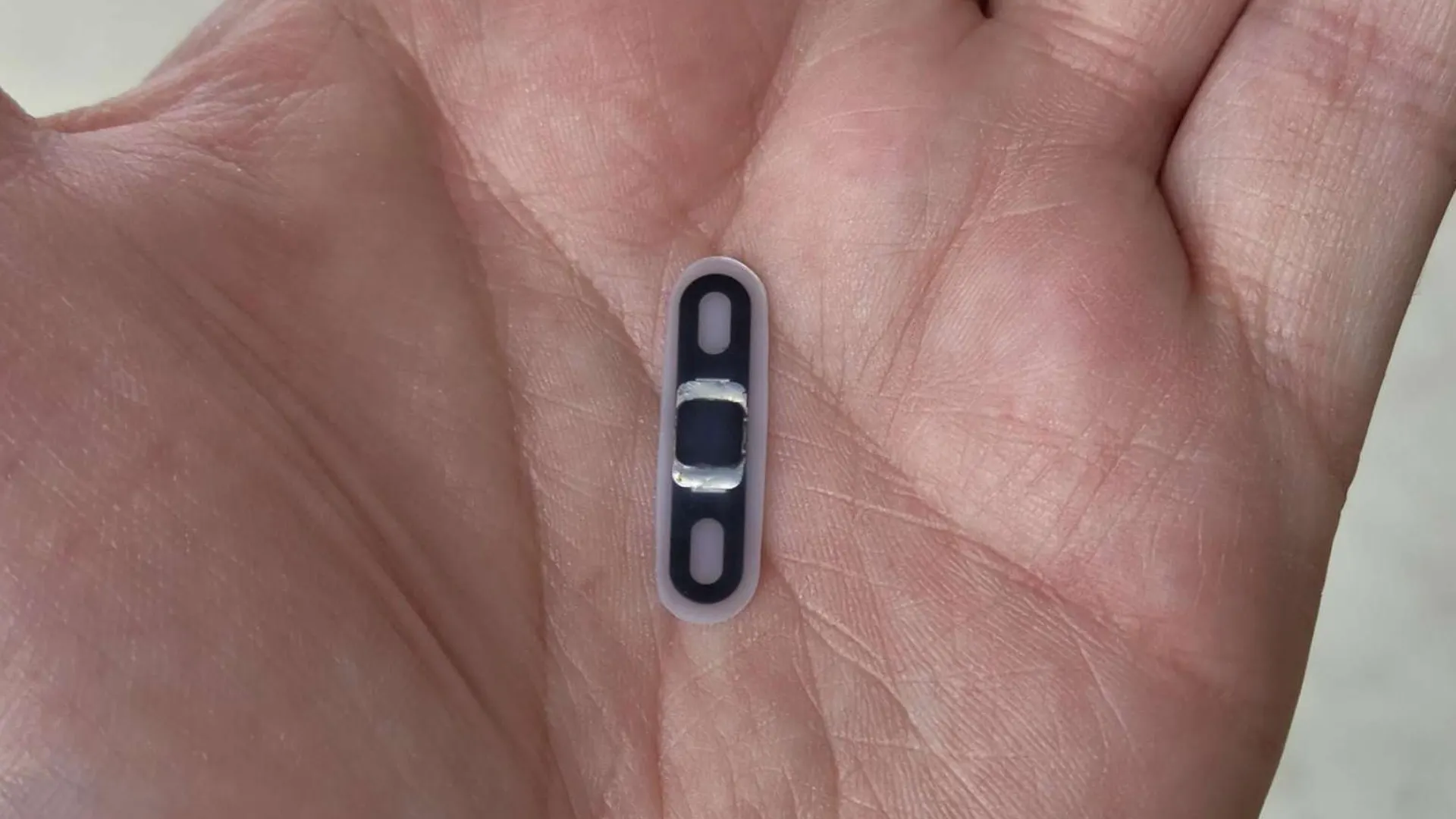The thought of losing a crypto wallet full of Bitcoin, Ethereum, or the latest meme coin can give any investor nightmares. Seattle-based Dangerous Things and VivoKey Technologies have a novel way to keep your coins on you at all times: by putting them in you.
Wallets are a hallmark of the cryptocurrency space and have been a vital and often frustrating part of the ecosystem from the very beginning. They come in all shapes and sizes, from desktop computer applications and browser plugins to devices the size of credit cards and USB thumb drives. The pill-sized Apex wallet just happens to secure data under your skin.
“These wallets are hardware wallets that are meant to be used for sending cryptocurrency,” VivoKey Technologies and Dangerous Things founder and CEO Amal Graafstra told Decrypt in an interview. “Your phone app is your interface, but it doesn't have any private keys. The private key and the actual signing of the Bitcoin transaction, or the crypto transaction, is done in the chip.”
The solution is a form of biohacking, a realm where you'll find experiments to extend life or using brain-computer interface (BCI) technology to operate computers. Many biohackers—from researchers to tech enthusiasts—are using subdermal computer chip implants. Graafstra says the Apex chip can be used to store Bitcoin, open a door, or pay for a cup of coffee.
“We have a couple of different Bitcoin and crypto wallets right now that are supported,” Graafstra said. “We have a Satochip wallet, the Seedkeeper application, and the Status IM key card wallet. Those work with different blockchains.”
Launched in 2013 and 2017, respectively, Dangerous Things and VivoKey specialize in near-field communication (NFC) and radio frequency identification (RFID) technology customized to be installed inside a human’s body.
According to VivoKey, the Satochip is a BIP32/39 wallet applet that allows users to safely store cryptocurrency and securely transact on the blockchain with multiple currency types supported.
“The Apex currently comes in a ‘Flex’ form factor, which is a much wider device, but very thin,” Graafstra explained. “And so the procedure is similar; it's a needle, you put the needle under the skin, you remove the needle, and then with sterile gloves, you pick up the Apex Flex, and you slide that into the incision.”
Currently, an Apex Flex implantable device retails for $349.
An author, speaker, and biohacker, Graafstra said he got his first RFID implant in 2005, inspired by RFID chips used for pets. Graafstra said he contacted a manufacturer for a custom transponder. After consulting with a doctor, they implanted the chip, installed an access system, and successfully used it to open a door.
“The initial impetus for getting an implant in the first place was pure laziness,” Graafstra said. “I wanted to be able to get in and out of this particular door without a key or having to carry or manage anything.”
A hallmark of the transhumanist movement that seeks to enhance humanity using technology, subdermal implants have been the stuff of science fiction for decades. Advances in technology, including miniaturization, have now made it possible to implant computer chips safely.
See something interesting? Check out https://t.co/cgiMeNKvHq for more info! #biohacking #transhumanism #chipimplant #magnetimplant #singularity #bodymodification #bodypiercing pic.twitter.com/e4nQlqdHzw
— Dangerous Things (@DangerousThings) July 1, 2024
Early challenges, Graafstra explained, included attracting customers, which initially came mainly by word-of-mouth and media coverage. Sourcing materials like silicon chips in small quantities is costly as well.
“I would say the probably the biggest challenge is low volume manufacturing in a very high volume industry,” Graafstra said. “We do batches of 2,000 to 5,000 transponders in a run, whereas if you're making cards, you're doing a million, at least—and if you're making animal transponders for industry, you're doing at least 10,000 in a small batch run.”
Customers are undeterred by the price, however.
“At the end of the day, people expect it to be expensive because it’s a device that goes in your body,” Graafstra added. “Our costs for producing these are not insurmountable because the customer is comfortable saying, ‘Well, all the safety checks are done, it's been manufactured the right way, I'm going to have this for the rest of my life. So I'll put a little money into it.’”
As he explained, the implantation itself takes a matter of seconds, with the longest time spent on prep, bandaging, and ensuring that bleeding has stopped.
Notable futurists who have taken Graafstra up on having a chip implanted include entrepreneur, podcaster, and documentarian Briar Prestidge, who documented her experience receiving a Dangerous Things chip for an upcoming documentary.
A day in the life of producing a documentary pic.twitter.com/mNDB3WkqEu
— Briar Prestidge (@briarprestidge) July 10, 2024
Graafstra said people's reluctance to get an RFID implant is mainly due to a lack of perceived use cases.
“The first thing they're doing is they're saying, ‘I can't see a use case for me, therefore, I need to come up with a reason not to get one.’ That's where the I'm afraid of tracking comes from,” he said, noting that the chip is not a tracker. “It's not really that fear, because if that were the case, nobody [would have] a cell phone—everybody knows you're being tracked, but the utility is so high, it trumps that.”
“The reality is you're owning a very secure, effective hardware wallet that you never lose, you can't forget, right under your skin,” he said. “[The chip] is not permanent, and you can replace it or remove it if you want.”
Edited by Ryan Ozawa.

